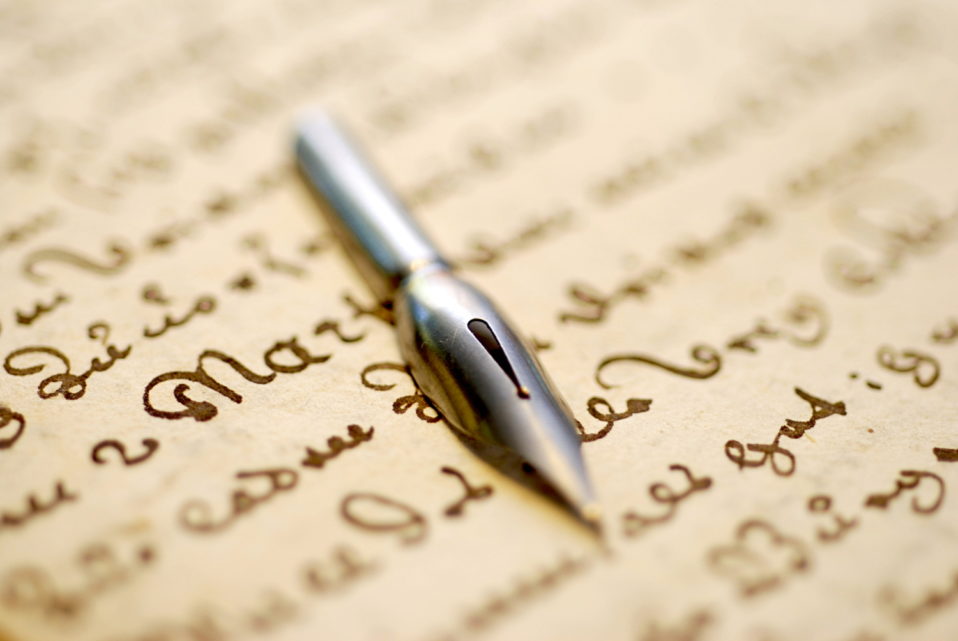A rhyme is a repetition of similar sounds in two or more words, most often at the end of lines in poems and songs. Simply put, it is the agreement of sound between words or the endings of words, especially when these are used at the ends of lines of poetry: two or more words or phrases that end in the same sounds.
A rhyme is a tool utilizing repeated patterns of sounds to bring rhythm, musicality into poems. Rhymes are employed for the specific purpose of rendering a pleasing effect to a poem which makes its recital an enjoyable experience.
It offers itself as a mnemonic device smoothing the progress of memorization. For instance, all nursery rhymes contain rhyming words in order to facilitate learning for children as they enjoy reading them. The presence of repetitive patterns enables them to memorize that particular poem effortlessly, which is why we do not seem to forget nursery rhymes we learnt as kids.A rhyme serves three distinct functions in the art of writing poetry:
A rhyme serves three distinct functions in the art of writing poetry:
- It gives poetry a typical symmetry that differentiates poetry from prose.
- It makes recital of poetry a pleasurable experience for the readers as the repetitive pattern renders musicality and rhythm to it.
- It lends musicality to poems (especially when combined with rhythm).
The rhyme types covered in this lecture are end rhyme, last syllable rhyme, last syllable rhyme, beginning rhymes, first syllable rhyme, eye rhyme, tail rhyme, internal rhyme, holo-rhyme, cross rhyme, and broken rhyme with examples of their usage in poetry demonstrated in short stanzas. Below are types of rhymes with rhyming words in bold and italics:
END RHYMES (blue/shoe): Words with ending rhyme have the same final vowel sound and following consonant sound(s). For example:
Get well soon, said the doctor
Treating you was my pleasure
Dont even contemplate
delaying Dangote’s freight
*Here, the final vowel and consonant sounds are the same.
LAST SYLLABLE RHYMES (timber/harbor): Words with last syllable rhyme have the same sounds following the last syllable boundary (commonly a consonant, a vowel, and another consonant). For example:
please help save humanity
act with some integritywickedness is replete
our doom is complete
*Here, the final syllables (stressed or unstressed) rhyme.
DOUBLE RHYMES (conviction/prediction): Words with double rhyme have the same vowel sound in the second-to-last syllable and all following sounds. For example:
while you went exploring
i remained here conjuringour heart are walking
our hands are talkingthe heart navigator
fell for the waiter
*Here, the rhyming sounds are two. Words here must have at least two syllables.
BEGINNING RHYMES (physics/fizzle): Words with beginning rhyme have the same initial consonant sound(s) and the same first vowel sound. This makes it very much like pun/alliteration, only that it appears in the begining of words in different lines. For example:
My father own a plantation
in the heart of the Plateauif you must speak of Nigeria
then have respect, speak nicely
*Here, words have initial alliteration (the repetition of initial consonant sounds), initial assonance (the repetition of initial vowel sounds), and front rhyme (the succession of beginning sounds of words).
FIRST SYLLABLE RHYME (carrot/caring): Words with first syllable rhyme have the same sounds preceding the first syllable break. For example:
love your must excavate
hate you must exterminateit’s not always about money
but a stingy man is a monkey
*Here, the first syllable must have the same sound before the first syllable break.
NOTE: It is similar to but not the same as beginning rhymes!
EYE RHYME (but/put): Words look like they rhyme but they do not, being pronounced differently. They are also called sight or spelling rhymes. They refer to words having the same spelling but different sounds.
In such case, the final syllables have the same spellings but are pronounce differently e.g.
cough and bough, love and move etc.
Classification of rhymes may also be done according to their positions:
Tail Rhyme: the most common type of rhyme that occurs in the final syllable of a verse or line:
he is now the saint
without a single taint
Internal Rhyme: type of rhyme in which a word at the end of a verse rhymes with another word in the same line:
Screaming while dreaming is normal
But eating my knitting is not allowed
*Note the rhyme on screaming/dreaming & eating/knitting.
Holo-rhyme: type of rhyme in which the all words of two entire lines rhyme:
“In Ayrshire hill areas, a cruise, eh, lass?
Inertia, hilarious, accrues, hélas!”
Cross rhyme: refers to matching sounds at the end of intervening lines:
i’m bleeding
from brothers’ stab
i’m folding
dying for a stab
Broken rhyme: is a type of enjambment producing a rhyme by dividing a word at the line break of a poem to make a rhyme with the end word of another line.
Mr. Governor, my name is not use –
ful, since you welcomed me with abuseIf after this lecture you do not know how to use rhymes properly, be ready for Koboko and expulsion!
Now lets see some rhyme and hear some question from our esteemed students!!!
written with material from Rhymer.Com, LiteraryDevices.Net and Wikipedia.




